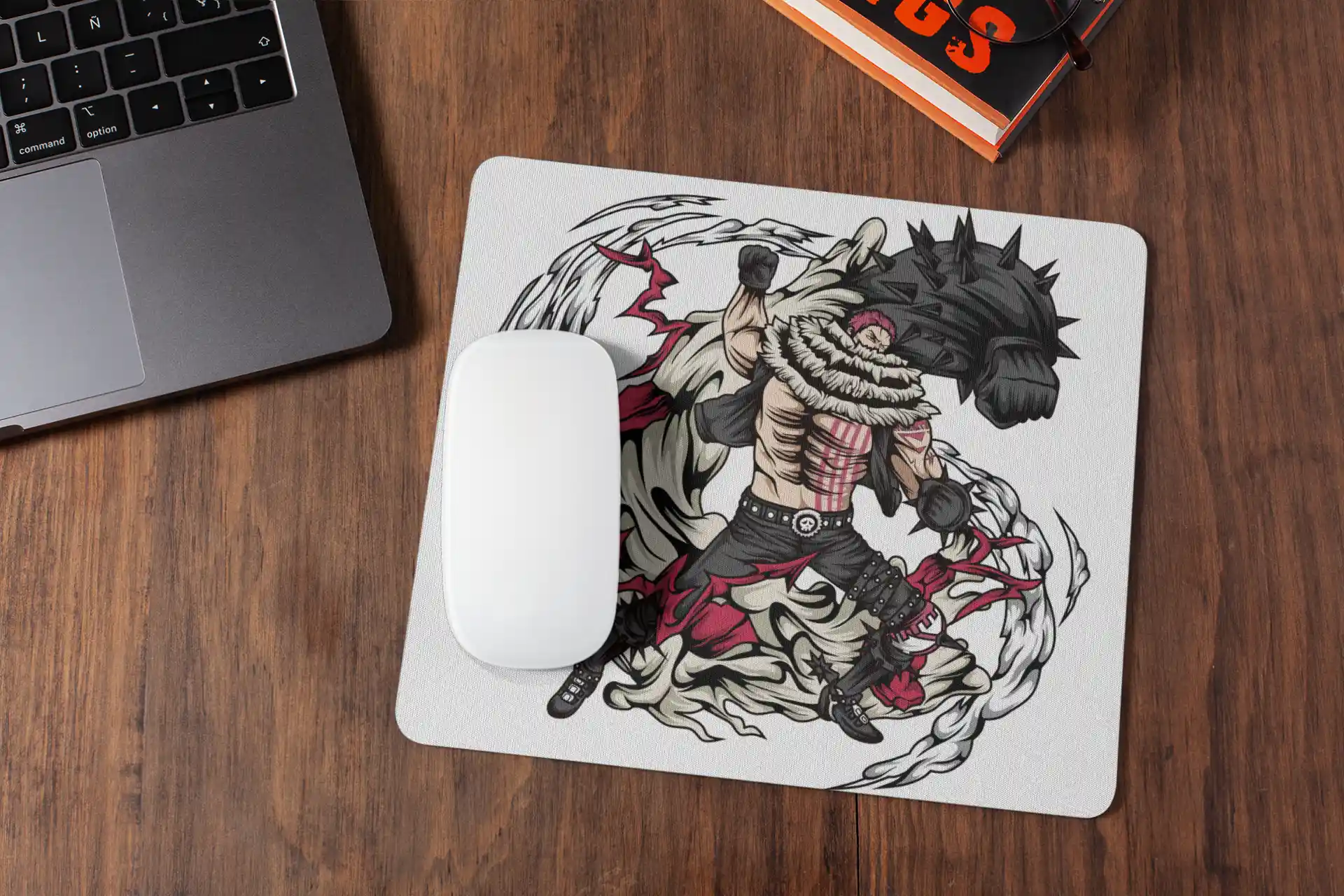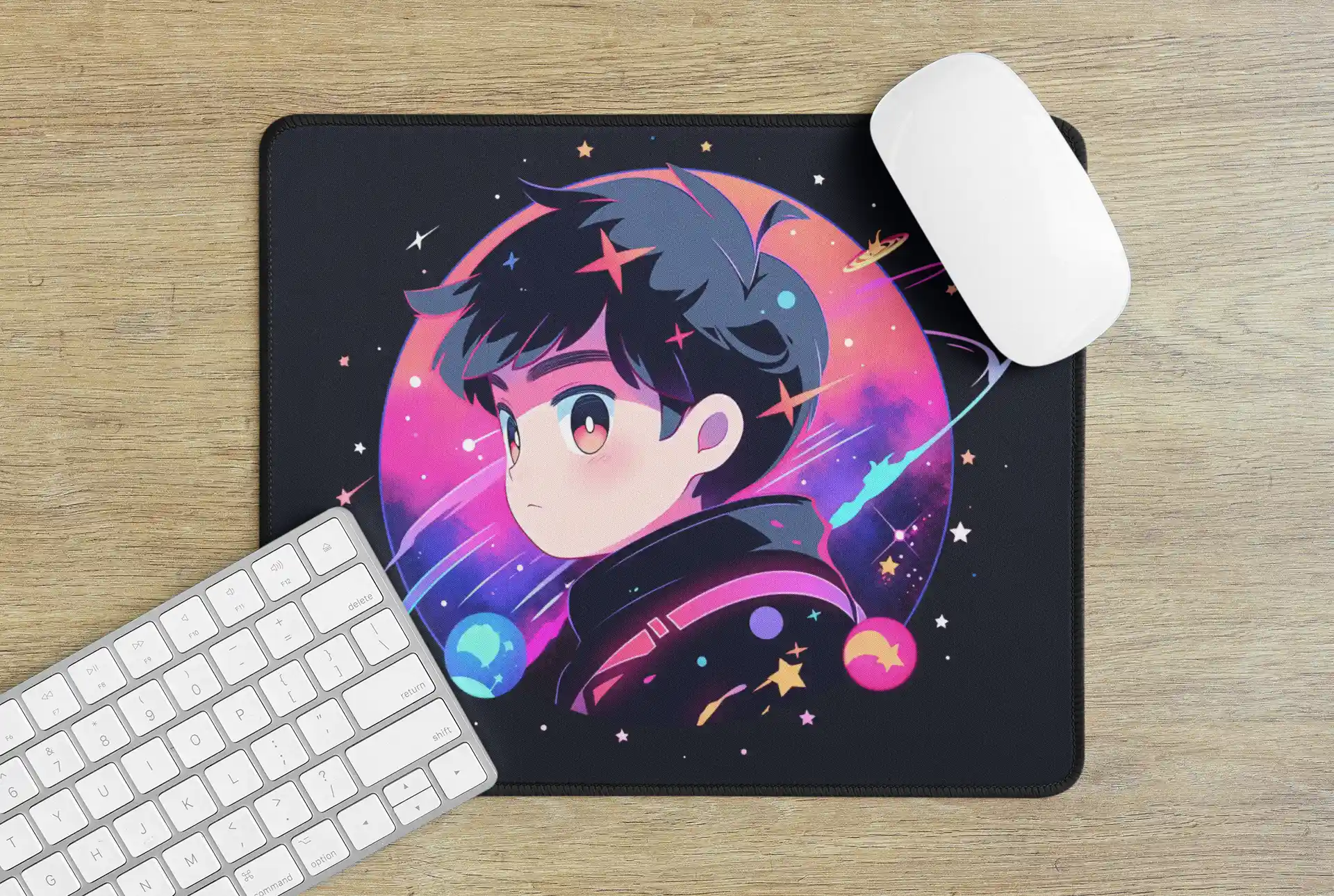-
Material: Mousepads can be made from a variety of materials, including rubber, foam, fabric, plastic, or metal. The choice of material affects the smoothness of the surface and the durability of the pad.
- Fabric: Soft, often used for a smooth glide and comfort.
- Plastic: Durable and often offers a more precise tracking surface.
- Rubber: Common for the base, providing grip and preventing the pad from slipping.
-
Size: Mousepads come in various sizes, from small, compact designs to large extended pads that can cover a larger area, including the keyboard.
- Standard: Suitable for most mice and desk sizes.
- Extended: Larger pads that allow both the mouse and keyboard to sit on one surface.
-
Design: Many mousepads feature decorative designs, logos, or images. Some are even customizable, allowing users to add personal photos or artwork.
-
Surface Texture: The surface texture can vary, with some mousepads offering a smoother glide, while others provide more friction for better control. The texture is typically designed to work with different types of mice (optical, laser, or ball-based).
-
Anti-Slip Base: Most mousepads have a rubberized or textured bottom to prevent slipping during use.
-
Ergonomics: Some mousepads are designed with built-in wrist rests, made of foam or gel, to reduce strain on the wrist during long periods of use.
-
Cleaning and Maintenance: Mousepads are generally easy to clean, though fabric ones may require more attention to remove dirt and dust compared to plastic or rubber ones.







